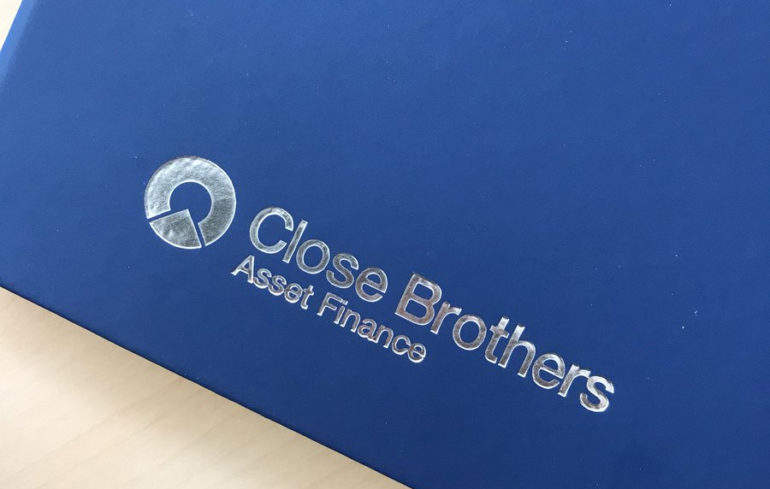
Every investment comes with the risk of loss, coming in scale from an individual bankruptcy to a worldwide financial crisis. Risk can be mitigated but not entirely eradicated, through notions such as insurance and the diversification of portfolios. Below are some specific technological examples of how finance and risk interact.
Reducing risk through data compilation
Linedata: asset industry heads discuss digitisation and technological development
In 2019, the Linedata Exchange programme was held at showcases in Hong Kong, Paris, London and New York. A panel debate was held on how document digitisation and analysis are driving operational excellence in lending and leasing.
AMP Credit Technologies operates the Credit Analysis Information and Risk Operations System (Cairos), a loan-origination and portfolio-servicing platform.
Cairos allows companies to digitise handwritten documents such as loan applications. Documents can be scanned at an office or uploaded by customers through the web or mobile device. After conversion into digital format, they are stored in a document management solution and subject to optimal character recognition (OCR) processing. Using OCR, scanned paper and PDFs can be transformed into searchable data, ensuring documentation on risk assessment can be maintained and easily shared around the world.
How well do you really know your competitors?
Access the most comprehensive Company Profiles on the market, powered by GlobalData. Save hours of research. Gain competitive edge.

Thank you!
Your download email will arrive shortly
Not ready to buy yet? Download a free sample
We are confident about the unique quality of our Company Profiles. However, we want you to make the most beneficial decision for your business, so we offer a free sample that you can download by submitting the below form
By GlobalDataEquity crowdfunding
Equity crowdfunding is a method of raising funds by allowing a large group of people to invest in start-ups that are not listed on the stock market, in exchange for shares or a small stake in that company.
Risks involved in this form of finance include the fact that it might take a while to see your company shares increase in value, directly affecting your ability to make a return if you sell them. It is also unlikely that you will receive dividends because the companies involved are likely to not make enough profit to pay out to shareholders, and there is a risk of dilution – the value of your investment being ‘diluted’ due to companies letting more people buy shares to raise additional funds.
Invoice insurance
London based fintech startup Hokodo has been awarded a €2m (£1.4m) grant by Horizon 2020, the funding programme for research and innovation run by the European Commission.
Awarded to Hokodo’s French office, the funding will enable the launch of its API-based invoice insurance offering in Europe, which it said could protect potentially millions of SMEs from unpaid invoices.
The Horizon 2020 grant will enable Hokodo to launch invoice protection and HokoScore in France and Germany within the next 12 months, as well as helping it to develop two new trade credit products for the SME market, which are due to go live by the end of 2019.
Conclusion
According to the late Jim Rohn, if you are not willing to risk the unusual, you will have to settle for the ordinary. For businesses still following the Chicago economic model of valuing the shareholder and growth above all, this approach to risk may be seen as an apt mantra. Technology can assuage some of risk, though this still requires a competent approach from any company adopting it.







